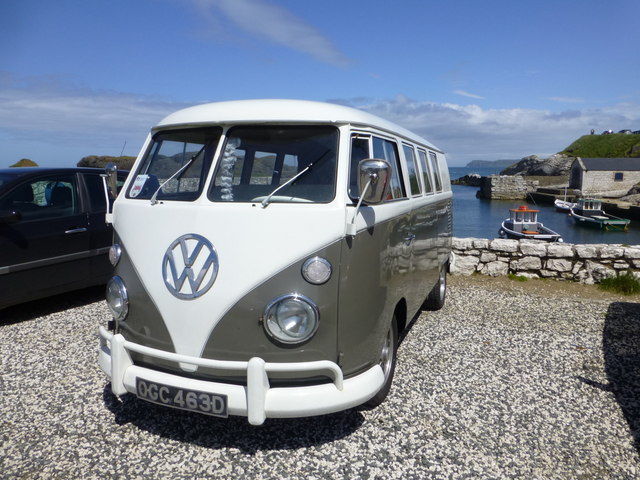When Jenny Bruso embarked on her journey with Unlikely Hikers, an inclusive community highlighting the underrepresented outdoorsperson, she opened up a conversation long overdue in the outdoor industry. This narrative isn’t just about hiking or the thrill of conquering peaks; it’s about challenging and changing the narrative around who is considered an outdoorsperson. For too long, the outdoor industry has lagged in catering to plus-size women and femmes, leaving many to question their place in outdoor spaces. Bruso, being an out, proud, and loud-about-it fat hiker, found herself at the center of questions surrounding plus-size outdoor gear. Questions that she, for a long time, dreaded because of the limited answers she had at her disposal. The outdoor industry’s oversight in providing functional, attractive plus-size winter wear is a glaring issue that Bruso highlights. The systemic payment disparity means plus-size women and femmes are often priced out of high-quality technical gear, further exacerbating the feeling of exclusion. This is compounded by the fact that many brands only offer larger sizes online, with a limited range extending to size 3X or 22–24. The frustration of wearing ill-fitting men’s winter clothing, as Bruso herself experienced, is a sentiment echoed by many in the plus-size community. It’s a reminder that feeling attractive and confident shouldn’t be a privilege reserved for a particular body size. Bruso’s quest for inclusive gear led her to test new plus-size offerings from Columbia, REI, and Smartwool on a trip to the Grand Canyon and northern Arizona. This experience shed light on the evolving landscape of plus-size outdoor gear, with more options now available in stores and sizing becoming more uniform. However, the challenge remains in ensuring that these options are accessible and appealing to a broad audience. The concept of layering, a fundamental aspect of staying comfortable in the outdoors, was a revelation to Bruso. Layering is about more than just warmth; it’s about regulating comfort as conditions change. From the essential base layer that wicks moisture away from the skin to the outer layer that shields from wind and rain, each piece plays a crucial role in the outdoor experience. It’s a nuanced understanding that many, like Bruso, may not grasp until they delve deeper into the world of outdoor adventure. The importance of selecting the right materials—opting for wool or synthetic fabrics over cotton—cannot be overstated. These choices make a significant difference in comfort and safety, especially in colder climates where the risk of hypothermia is real. Bruso’s insights into layering underscore the need for education and awareness about outdoor gear, particularly for those new to outdoor activities. The recommendations Bruso makes based on her testing, from Columbia’s Omni-Heat thermal-reflective lining that provides breathable warmth to Smartwool’s merino wool base layers known for their softness and odor resistance, are more than just product reviews. They are a testament to the evolving understanding of what it means to be equipped for the outdoors. This evolution is not just about better gear; it’s about creating a space where everyone feels welcome and represented. Bruso’s journey through the Grand Canyon and northern Arizona wasn’t just a test of gear; it was a statement. A statement that the outdoors is for everyone, regardless of size. The challenge now lies in ensuring that the industry listens and continues to make strides towards inclusivity. As Bruso’s experience shows, we have come a long way, but there is still much work to be done. The narrative of the outdoorsperson is changing, and it’s voices like Bruso’s that are leading the charge. The outdoor industry must continue to evolve, making inclusivity not just an option but a priority. It’s a journey that we all must embark on, one step at a time.
Welcome to my review of the leading plus-size outdoor gear that promises not only to protect you from the elements but also make you feel fabulous while doing so! After years of dealing with the frustration of ill-fitting, unattractive men’s winter clothing, Jenny Bruso’s exploration into the world of inclusive outdoor gear felt like a breath of fresh, albeit chilly, mountain air. Let’s dive into the heart of this winter wonderland of gear, where functionality meets fashion, and inclusivity is the name of the game.
Starting off with the base layers, Columbia’s Midweight Stretch Long Sleeve Shirt and Tight are game-changers for anyone braving the cold. At $65 each, these pieces are a steal for the warmth and comfort they provide. The Omni-Heat thermal-reflective lining, far from being a ‘gimmick,’ creates an effective shield of breathable warmth that kept me toasty during a long, chilly walk. The Smartwool 250 Base Layers, although a bit pricier at $95 and up, offer an irresistible combination of style, softness, and odor resistance. The tops, in particular, are a keeper, fitting beautifully and making anyone wearing them feel like a million bucks, even if the bottoms leave something to be desired in terms of fit.
When it comes to midlayers, the Columbia Glacial Crew Shirt at $40 is an instant favorite, offering a classic style that’s cute enough for streetwear. The REI Co-op 650 Down Vest, priced at $55 and up, is a revelation for its core-warming capabilities without causing overheating. And let’s not forget the Columbia OuterSpaced III Half Zip Fleece at $50; its super stretchy, synthetic, wool-like fabric is not only breathable but also adorably designed.
For the outer layers, the Columbia Anytime Casual Pull On Pant ($55) challenges the supremacy of leggings for hiking with its rain-repelling and breathable material. The REI Co-op 650 Down Jacket, similar to the vest but with sleeves, combines rain repellence with lightweight warmth for a perfect fit for any adventure. And for those extra cold days, the Columbia Pike Lake Hooded Vest at $130 offers thick, fast-drying synthetic fill to keep you warm and stylish.
The shells are where REI truly shines. The Rainier Rain Jacket, priced at $45 and up, is a classic, light-wind, waterproof jacket available in a range of colors. The XeroDry GTX Pants and Jacket, at $95 and up each, are the ultimate in rain and snow-proof gear, offering maximum protection and the confidence to tackle any outdoor challenge, though fashion may take a back seat to functionality in this case.
Through testing these products, it’s clear that the landscape of plus-size outdoor gear is evolving. With more options now available in stores and sizing becoming uniformly inclusive up to a size 3X, the outdoors is becoming a welcoming space for all, regardless of size. The challenge of feeling attractive and confident in the great outdoors shouldn’t be a privilege reserved for those of a particular body size. This review is a testament to the hard work and dedication of brands like Columbia, REI, and Smartwool to ensure that the world of outdoor adventure is open to everyone. The joy of discovering gear that fits, functions, and even flatters is indescribable, and it’s a step forward in challenging and changing the narrative around who is considered an outdoorsperson.
The journey through the Grand Canyon and northern Arizona wasn’t just a test of gear; it was an affirmation that the outdoors truly is for everyone. The strides made by the outdoor industry in catering to plus-size individuals are commendable, but there’s always room for improvement. The horizon looks promising, and it’s clear that the call for inclusivity is being heard. Here’s to feeling fabulous, no matter where your adventures take you!
Related posts:
Winter Layering for the Plus-Size Hiker
I’ve always bought too many clothes, but my life was being ruined by hoarding
The Only Crypto Story You Need, by Matt Levine


![Embracing the Great Outdoors: A Journey Towards Inclusive Plus-Size Gear[排版问题] Embracing the Great Outdoors: A Journey Towards Inclusive Plus-Size Gear[排版问题]](https://media.defense.gov/2021/May/26/2002729635/2000/2000/0/190610-D-HR740-9003.JPG)


